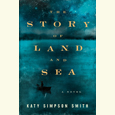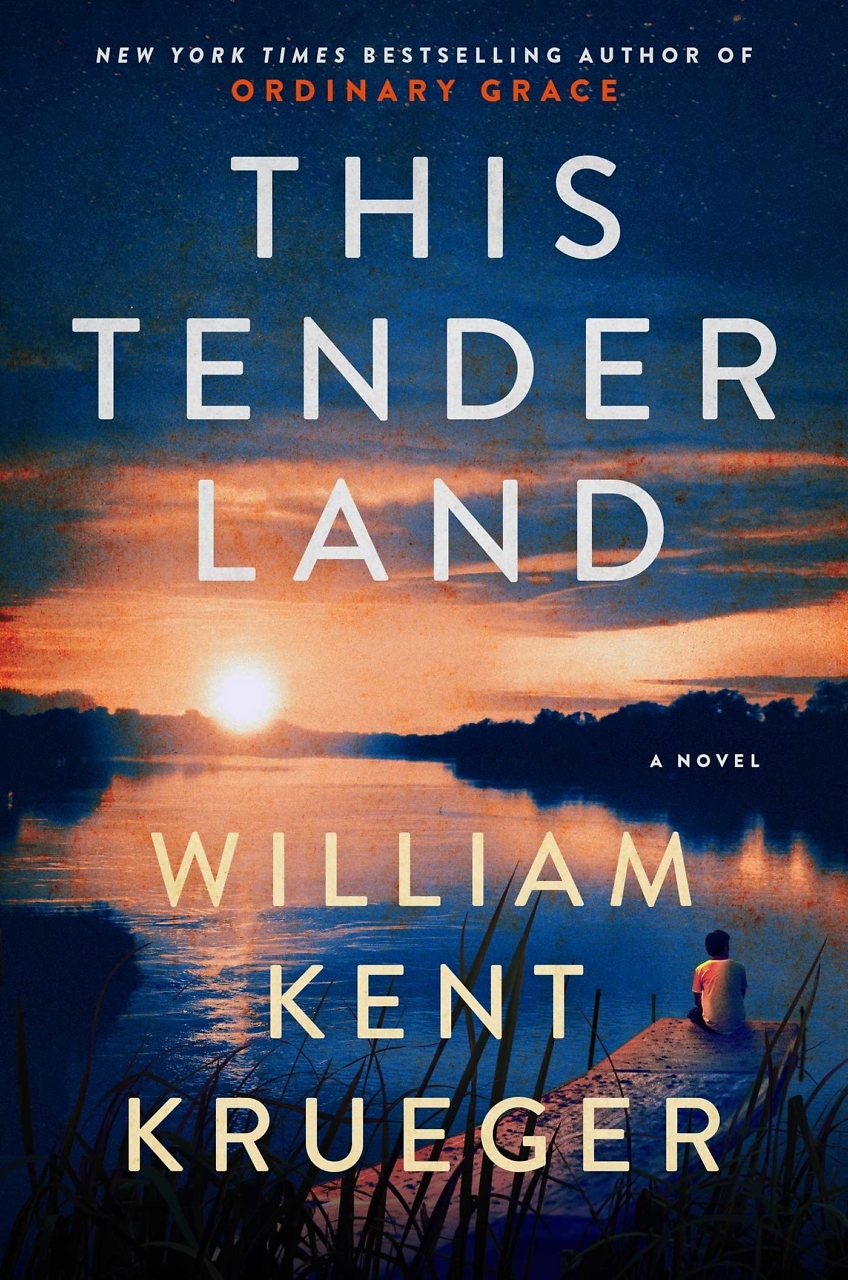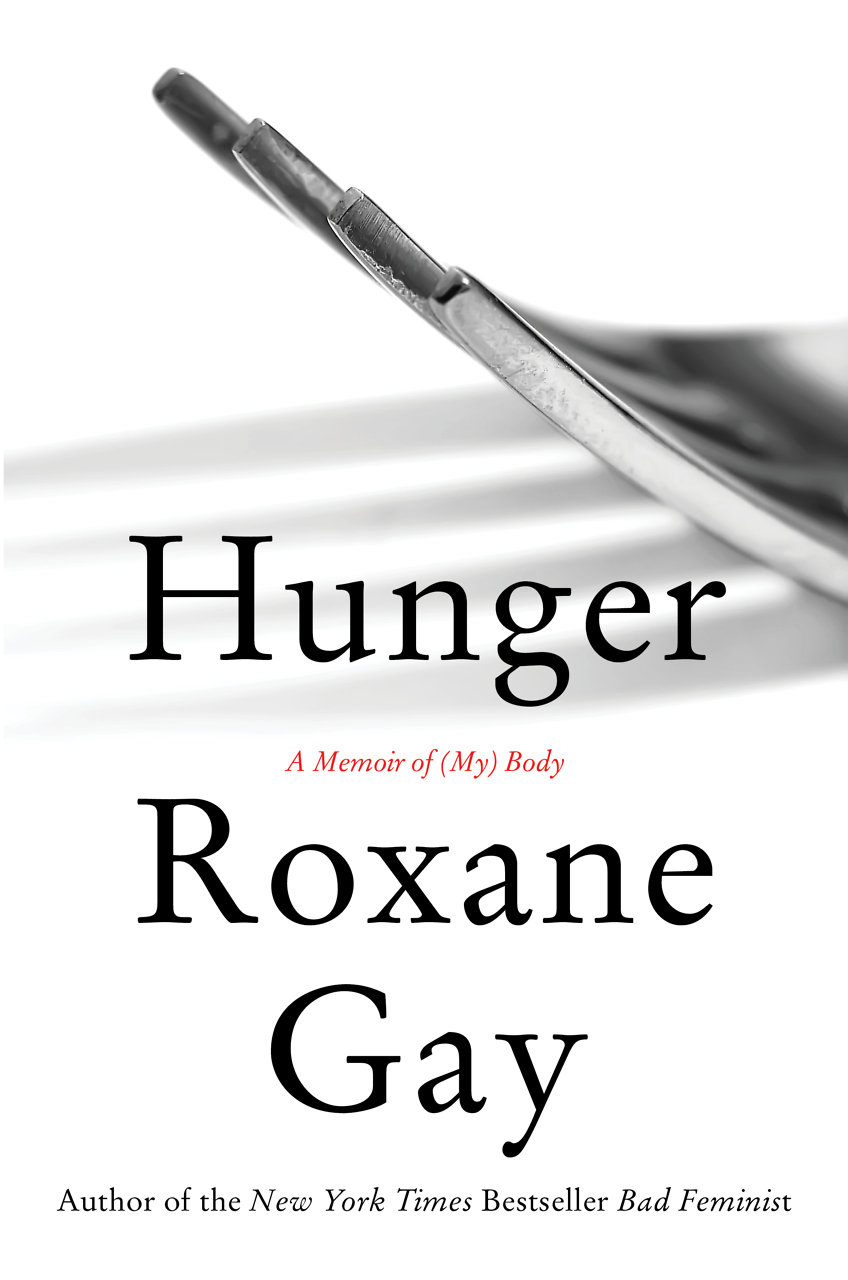Finding Fame in Defeat
Two University of Tennessee professors assess the legacy of George Armstrong Custer
George Armstrong Custer was killed in action on June 25, 1876. Since then, he has continued to serve his country capably as a national scapegoat, noble hero, and infamous villain, often all at the same time. Custer’s celebrity, combined with his failure at the Battle of the Little Bighorn, ensured a lasting legacy. As Edward Caudill and Paul Ashdown point out in their new book, Inventing Custer: The Making of an American Legend, “Custer was a natural figure to embody all that was great about, and eventually wrong with, the American character.” His legend’s ability to symbolize opposing ideals means that the golden-haired warrior is still going strong, 139 years after his death.
 Caudill and Ashdown, professors of journalism and electronic media at the University of Tennessee in Knoxville, have previously collaborated on books exploring the myths and legends of Civil War leaders John Singleton Mosby, Nathan Bedford Forrest, and William Tecumseh Sherman. That they have elected to take on Custer is a tribute to their fearlessness. More than 1,600 books have been written about Custer, most dealing with his final fight in southern Montana, and it would seem unlikely for new insights to be found in such an examined figure. Yet Inventing Custer makes a real contribution to the field, examining the life, times, and cultural impact of a man Caudill and Ashdown describe as “a scorpion who could sting his victims and in the end wound up stinging himself.”
Caudill and Ashdown, professors of journalism and electronic media at the University of Tennessee in Knoxville, have previously collaborated on books exploring the myths and legends of Civil War leaders John Singleton Mosby, Nathan Bedford Forrest, and William Tecumseh Sherman. That they have elected to take on Custer is a tribute to their fearlessness. More than 1,600 books have been written about Custer, most dealing with his final fight in southern Montana, and it would seem unlikely for new insights to be found in such an examined figure. Yet Inventing Custer makes a real contribution to the field, examining the life, times, and cultural impact of a man Caudill and Ashdown describe as “a scorpion who could sting his victims and in the end wound up stinging himself.”
The Custer legend begins early in the Civil War, where the newly minted lieutenant, who graduated last in his class at West Point, became one of the world’s first military “aeronauts.” In observing enemy positions from a thousand feet in the air, in a tethered and vulnerable balloon, Custer demonstrated the courage that would distinguish his service throughout the remaining years of his life. He quickly capitalized on his aerial service to get higher profile assignments in the cavalry. From there his military ascent was meteoric, as he repeatedly showed audacity on the battlefield and an instinct for publicity that would be envied by a modern celebrity. Within a year he was breveted a brigadier general, among the youngest generals in American history. His daring and good looks made him a darling of the press, and he carefully tended both his image and his military record.
To Caudill and Ashdown, Custer’s Civil War service is the foundation of all that would come later, and those years are often glossed over in the rush to get Custer to the west, into the Indian Wars that made him immortal. “Custer ended the Civil War a great hero with a well-deserved reputation as a bold fighter,” they write. “He led by example from the front and never asked his subordinates to go where he would not.” But audacity and recklessness are two sides of the same coin, and the verve and initiative he practiced so effectively against the Confederacy were the harbingers of later disaster.
Inventing Custer is more a summary and distillation of existing Custer scholarship than a work of original research. But the authors do an admirable job of showing how Custer’s legend began and how, often under his own direction, it grew to large size even before his untimely demise. Custer wrote articles for the press about his exploits, he took reporters with him into the field, and he worked to ensure that his name stayed on the lips of his superiors. As noted by Caudill and Ashdown, Custer created his public character, and “That character was the one who designed his own flashy costumes in the Civil War, the one inordinately bold in his cavalry charges, a man who appeared in a great many photographs.” When such a famous man and more than 260 of his men were wiped out by combined forces of the Lakota, Dakota, and Cheyenne nations, Americans gasped in collective horror.
The Battle of the Little Bighorn focused the nation’s attention on Custer as only great tragedy can. Caught up in public controversies over the frontier, Native Americans, and partisan politics, Custer’s legacy began a long roller-coaster ride. “For almost a century and a half,” write Caudill and Ashdown, “Custer moved along a continuum from heroic Indian fighter to prima donna expansionist who got his comeuppance.” They trace that image from the first newspaper reports of the battle to the present day, including summaries of books, movies, and TV shows that have shown Custer as everything from a cool, calculating soldier to a crazed, cruel lunatic. Their analysis of how the Custer legend was shaped by the Vietnam War illustrates the way opinions of past figures can be corrupted by current politics. Inventing Custer presents plenty of evidence to show that, by making such a successful transition from life to legend, Custer became perfectly suited to reflect American ideals of the day—whatever those ideals may be.

A Michigan native, Chris Scott is an unrepentant Yankee who arrived in Nashville more than twenty-five years ago and has gradually adapted to Southern ways. He is a geologist by profession and an historian by avocation.


